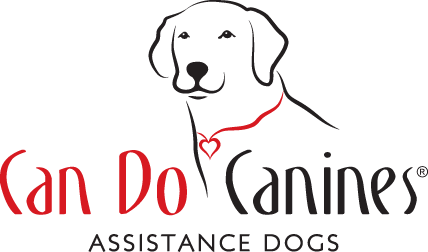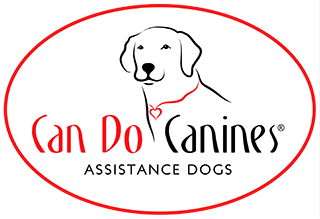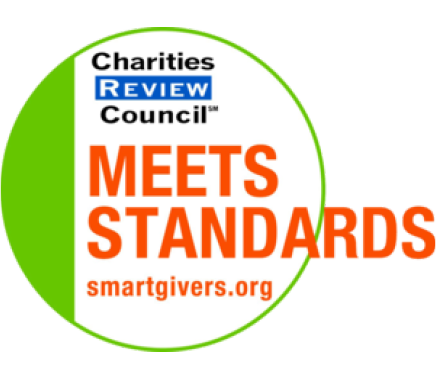Let them make mistakes
Yup, we said it! Making mistakes gives an opportunity to teach the dog how to make better decisions. Allowing the dog to put some tension on the leash or be distracted allows you to reward them for deciding to do the opposite. The things that will get rewarded are slack in the leash and eye contact. This sets an expectation for the dog that these two things are the standard to work towards. They will start to learn what gets them rewarded and what doesn't, ultimately leading to some nice walking...eventually.
When you are working on distractions, reward for what you want, instead of correcting what you don't want. Rewarding for the moments they offer the behavior you want (instead of trying to get the dog's attention by saying their name) allows you to create a lasting behavior (look to the handler) when it comes to distractions. This is a much better option than always relying on saying or doing something to get the behavior you want.
A Short Leash
Sometimes in order to control a dog that is making a mistake, we may need to re-establish the boundary that they had on the leash. To do so, you may need to stop and shorten the leash. This allows the handler to regain control and get the dog focused again while limiting options for the dog. This can be used when moving past a distraction or if you are in a crowded or busy area. Having a short leash allows the dog to gain connection back to you before they are allowed to have the privilege of that leash length again.
The Power of the Cue "Let's Go"
There will be distractions that sometimes we can't avoid or don't see and don't have the time to work on letting them make a mistake. When this happens, we like to tell the dog what TO do by saying "Let's Go" which means to keep moving. We often get caught up in saying "Leave it" which we highly discourage as our dogs are not formally taught this cue. Instead, we work on giving the dog an opportunity to get distracted and rewarding for eye contact or saying "Let's Go" with confidence to keep the dog moving in stride with you.
Walk with Confidence
When you walk with confidence, the dog will too! The best thing to do to set yourself up for success is to have a plan. This includes whether you are on a walk, going in public, or coming into the building for class. Plan your route, the side the dog will be on, which hand the leash will be in, which hand the treats will be in, and most importantly, plan for your expectations of how you want the dog to behave. Planning is especially important when coming to class as this is very exciting for the dog. You may need to give yourself extra time and lower your expectations of how the dog will perform, and utilize a short leash to get you into class.
Walking Resources
For age-appropriate walking expectations, utilize our resource Walking is Working.
For further instructions on walking management, utilize our resources Loose-Leash Walking Troubleshooting and our Loose-Leash Walking Webinar
For understanding how to hold a leash, utilize our resource, Leash Lessons
Questions?
If you ever have questions on the dog's progression of loose-leash walking or have concerns, feel free to reach out to a trainer.




